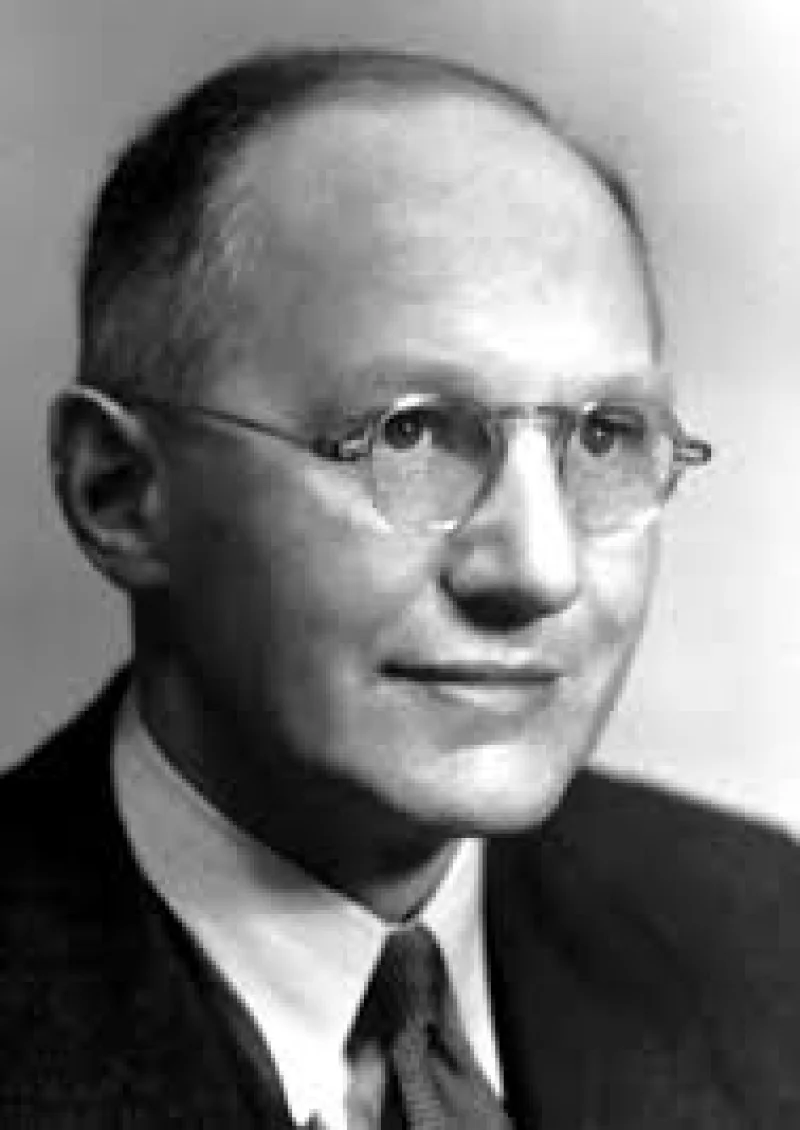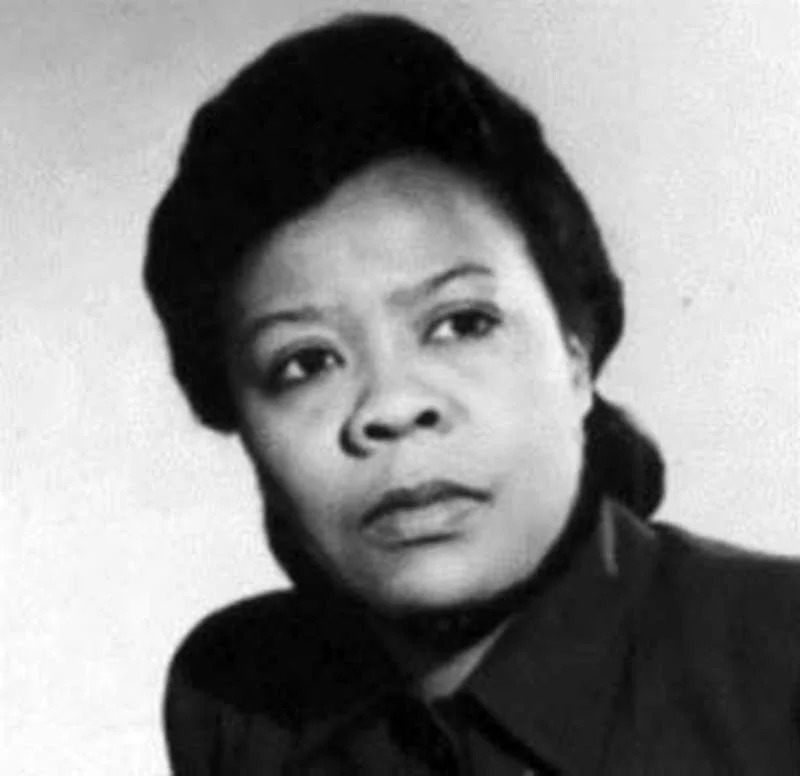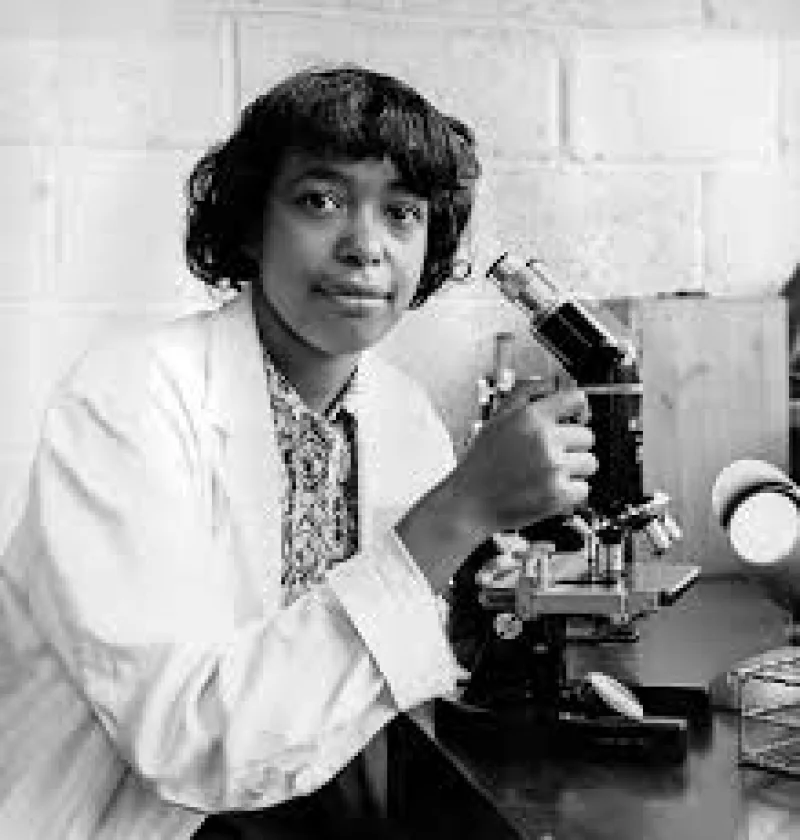Short Summary
Ernest Walton was an Irish physicist renowned for his groundbreaking work in nuclear physics. He is best known for his collaboration with John Cockcroft in the development of the first nuclear particle accelerator, which led to the successful splitting of the atomic nucleus. This achievement earned him the Nobel Prize in Physics in 1951. Walton's contributions significantly advanced the field of nuclear science and established him as a pivotal figure in the history of physics.
Early Life & Education
Ernest Thomas Sinton Walton was born on October 6, 1903, in Dungarvan, County Waterford, Ireland. His father, a Methodist minister, influenced his early education by emphasizing the importance of learning. Walton attended Methodist College in Belfast, where his interest in science was sparked. He went on to study at Trinity College Dublin, earning a Bachelor of Arts degree in 1926. Walton then pursued his doctoral studies at the University of Cambridge under the supervision of Ernest Rutherford, a leading figure in nuclear physics. His education laid the foundation for his future scientific achievements.
Career Highlights
Walton's career was marked by his pioneering work in nuclear physics. After completing his Ph.D. at Cambridge, he joined the Cavendish Laboratory where he collaborated with John Cockcroft. Together, they developed the Cockcroft-Walton generator, an early particle accelerator, which enabled them to artificially disintegrate atomic nuclei. This breakthrough experiment in 1932 was a major milestone in nuclear physics. Walton later returned to Trinity College Dublin, where he spent the majority of his career as a professor, inspiring generations of students and contributing to scientific research until his retirement in 1974.
Major Achievements
- Nobel Prize in Physics (1951) - Awarded for pioneering work on the transmutation of atomic nuclei by artificially accelerated atomic particles.
- Development of the Cockcroft-Walton Generator - Enabled the first artificial nuclear reaction by splitting the atom.
- Professor at Trinity College Dublin - Influenced and educated a new generation of scientists over several decades.
Famous Quotes
- "I was always interested in science, but I never dreamed I would be able to do anything like this."
Interesting Facts
- Ernest Walton was the first person to successfully split an atom using artificial means.
- He shared the Nobel Prize with John Cockcroft, marking one of the earliest recognitions of nuclear physics.
- Walton remained in Ireland throughout his career, contributing to the scientific community in his home country.
Legacy / Influence
Ernest Walton's work in nuclear physics has had a lasting impact on the field, paving the way for future research and technological developments. His contributions to particle acceleration and nuclear reactions laid the groundwork for advancements in nuclear energy and medical applications such as cancer treatment. Walton's legacy is also reflected in his role as an educator, inspiring many students who continued to contribute to scientific progress.
FAQ
Q: Why is Ernest Walton famous?
A: He is famous for his role in developing the first nuclear particle accelerator and splitting the atom, for which he received the Nobel Prize in Physics in 1951.
Q: What was the Cockcroft-Walton Generator?
A: It was an early particle accelerator developed by Walton and Cockcroft to disintegrate atomic nuclei.
Q: Where did Ernest Walton spend most of his career?
A: He spent most of his career at Trinity College Dublin as a professor of physics.












